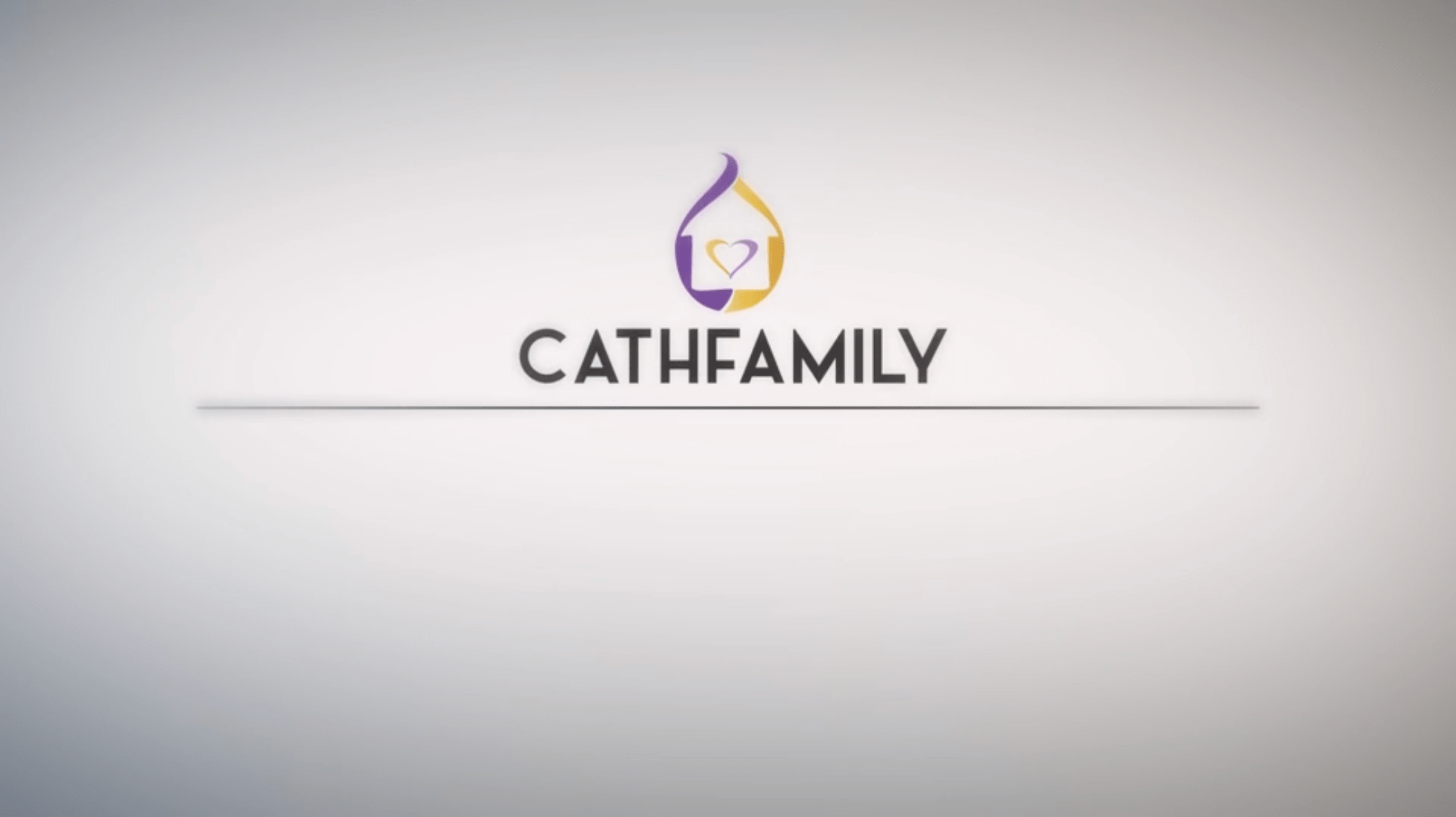Saint of Generosity

Who is St Nicolas?
Born in the third century in modern day Turkey, his wealthy parents raised Nicolas to be a devout Christian. Responding to Christ’s radical call of total devotion, he gave away his wealth becoming Bishop of Myra while still a young man. He spent a number of years in prison under the Roman Emperor Diocletian who ruthlessly persecuted Christians and filled the jails with priests and deacons. After his release, he attended the Council of Nicaea (AD 325) and continued his work in Myra becoming renowned for his generosity to those in need, his love for children and his concern for sailors. One story tells of three poor sisters. Being unable to provide a dowry for them to marry their father feared that they would be sold into prostitution. Mysteriously, bags of gold appeared in their home on three occasions providing the needed dowries.
The gold is said to have been tossed through an open window landing in stockings or shoes drying by the fire. Other legends have him calming raging seas, resurrecting murdered students and transporting an enslaved boy back to his parents. Check out www.stnicholascenter.org for more awesome stories.
He died December 6, AD 343 in Myra and was buried in his cathedral church. Nicholas’ tomb became a popular pilgrimage destination and envied for its commercial value. In 1087, sailors from Bari on the southeast coast of Italy spirited away the bones of Nicolas and installed them in a crypt in their home town. The Nicholas shrine in Bari became one of medieval Europe’s great pilgrimage centres and many still visit him at Bari’s impressive ‘Basilica di San Nicola’
From Saint to Santa
Though European migration brought the traditions of the home country to the new lands, their impact was diluted among the many competing practices. Depictions of the saint in popular culture evolved over time as he was characterised in cartoon art. The modern day, roly-poly Santa Claus in bright red suit became entrenched in the social imagination in the 1950’s when Coca Cola used the image to endorse its drink as the solution to ‘a thirst for all seasons’. Other businessed were quick to follow using the jovial Santa Claus to advance the commercial emphasis that dominates Christmas today.
Feasting the World Over
Widely celebrated in Europe, St. Nicholas’ feast day (Dec 6), has kept alive the stories of his goodness and generosity. Traditions include:
- boys begging alms for the poor dressed as bishops (Germany and Poland)
- sharing candies, chocolates, small gifts and riddles (Netherlands, Belgium)
- gift-giving on this day rather than Christmas day (Europe)
- leaving carrots and hay in their shoes for St Nicolas’ horse (Netherlands)
- St Nicolas eve parties (Dec 5)
- children hanging shoes or stockings out the night before to be filled with candies
- children leaving ‘wish list’ letters for the baby Jesus to taken to him by St Nicolas
Where devotion to St. Nicholas is prominent, his feast day rather than Christmas, is the primary gift-giving day. St. Nicholas gifts left in shoes or stockings are meant to be shared, not hoarded for oneself. Simple gift-giving in early Advent helps preserve a Christmas Day focus on the Christ Child.
One may think that practices like the Dutch St Nicholas tradition of gift-giving would make children more materialistic and less likely to share with others. Studies* of young children (ages 4-7) in the Netherlands show that St. Nicholas encourages positive, sharing behaviour. “Significant others, such as family members, friends, and Saint Nicholas, are pre-eminently the people that influence us and that teach us what is good, and what is bad, and what the social norms are in our society. . . . Give Dutch children a colouring picture depicting the attributes of Saint Nicholas (a book, miter and a staff) and they will give away more of their candy.”
For more resources, ideas and prayers, check out www.stnicholascenter.org
* Staff, miter, book, share: How attributes of Saint Nicholas induce normative behavior, by Janneke F. Joly and Diederik A. Stapel, European Journal of Social Psychology, volume 39, pp. 145-153 (2009). Published online 14 January 2008 in Wiley InterScience, referenced at www.stnicolascenter.org

